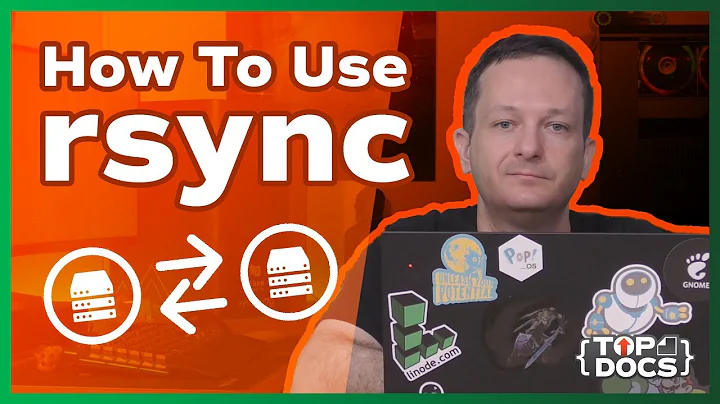UID mapping with rsync
5,080
rsync does what you want if you give -a. Actually, you only need -o and -g, but since you're trying to preserve this much, you probably want the rest of what -a provides.
Obviously you need root permissions on the remote side for this to work. This means you need to log in as root on the remote system if rsyncing over SSH. If you're running rsync as a daemon on the remote system instead, it needs to run as root.
Related videos on Youtube
Author by
CharlesB
Updated on September 18, 2022Comments
-
CharlesB almost 2 years
I'm migrating files between servers and have to map UIDs (add 500) and GIDs. As I'd like to have it done in one single pass, is there a way to execute a command for each file rsync copies?
-
CharlesB over 12 yearsrsync doesn't do the right thing for me (I have same usernames, only uid differ). I guess rsync can't map them as users are now stored in LDAP...
-
Warren Young over 12 yearsSorry, I was mislead by the docs and the fact that I always use
-ain my rsync commands. Rewrote my answer. I think you'll find that with-aand root permission on the remote system, you get the behavior you want despite using LDAP. -
CharlesB over 12 yearsI'm syncing over NFS (one of the server is an atom NAS, and SSH tunnel is kill bandwidth), and good Lord after retrying with SSH it works! I suppose I have to look into RSH, as I'll have both transfer speed and UID mapping, right?
-
Warren Young over 12 yearsIf you don't need the encryption provided by SSH, I'd suggest using rsync in daemon mode on the server side. RSH is rightly deprecated as horribly insecure.
-
Warren Young over 12 yearsAre you sure rsyncd is running as root on the remote system? It doesn't by default. Only root can change a file's owner.
-
CharlesB over 12 years
-
 Admin over 11 yearsTo get user mapping from an rsyncd server, you mustn't chroot it. It doesn't need to be root just to be able to read the source file, anybody can read the password file (or getpwent equivalent).
Admin over 11 yearsTo get user mapping from an rsyncd server, you mustn't chroot it. It doesn't need to be root just to be able to read the source file, anybody can read the password file (or getpwent equivalent).

![Data Migration from Your Server to XCubeNAS [Unix and Windows, Rsync]](https://i.ytimg.com/vi/hBpPhXAwlcc/hq720.jpg?sqp=-oaymwEcCNAFEJQDSFXyq4qpAw4IARUAAIhCGAFwAcABBg==&rs=AOn4CLA84ifeyAaqDtCF_FADqxa-lzvs5A)


